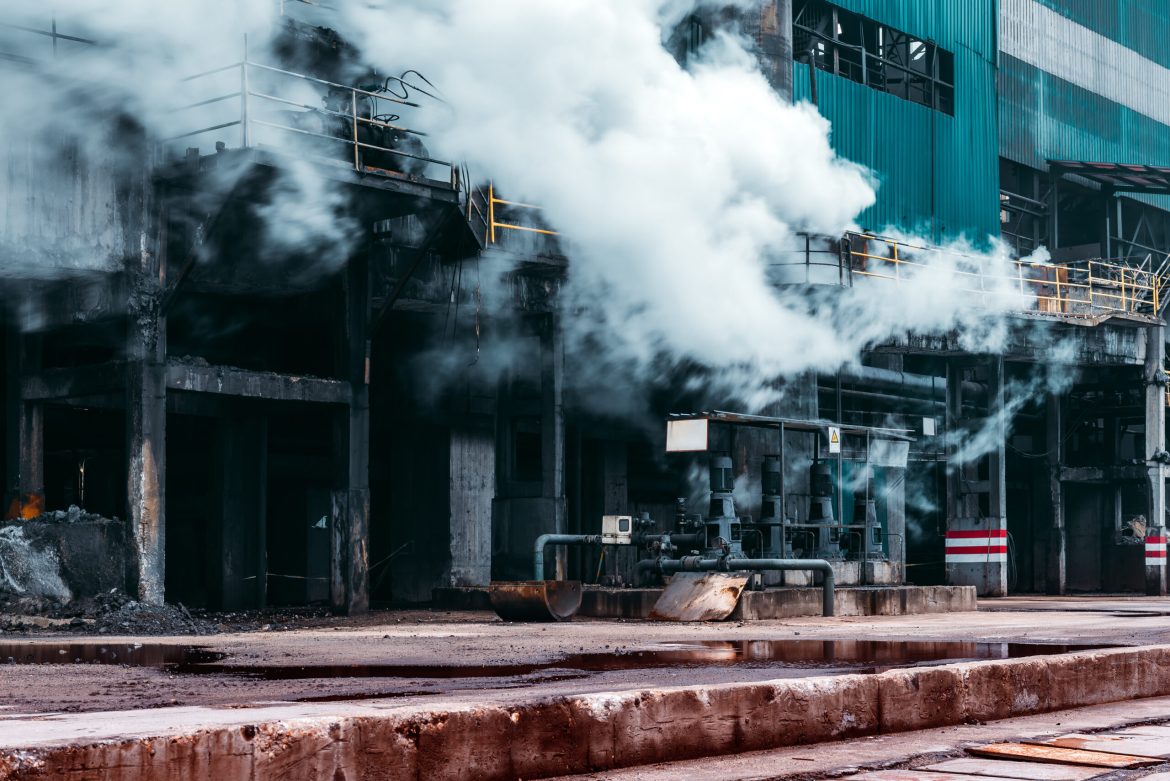In 2025, the Indian steel sector, globally ranked second, encounters a significant hurdle as the European Union strengthens its environmental regulations and emphasises carbon neutrality.
India’s position in the global steel market may be jeopardised if it doesn’t quickly adapt to stricter carbon regulations in Europe, Rystad Energy said.
Europe is a crucial market for Indian steel, representing 25% of its exports, and non-compliance could result in significant financial penalties.
Higher carbon costs
Steel production in India and Russia could face some of the highest carbon costs globally, potentially reaching levies of up to $397 per tonne by 2034.
This projection is based on Rystad Energy’s research, which assumes carbon prices remain stable.
“In the coming years, reducing carbon emissions could extend beyond regulatory compliance and become a competitive necessity as buyer sentiment continues to evolve,” Alistair Ramsay, Vice President, Supply Chain, Rystad Energy, said in an emailed commentary.
Governments and industries are increasing support for low-carbon technologies, and companies that fail to adapt risk falling behind.
The EU’s Carbon Border Adjustment Mechanism (CBAM), which starts next year and will be fully implemented by 2034, is a significant policy shift.
It will impose a carbon cost on imports, including steel, based on their embedded carbon emissions.
India’s carbon emissions highest
According to the EU’s Joint Research Centre (JRC), India’s steel production generates more carbon emissions than most of its global competitors.
“As a result, this policy could impose a potential surcharge of up to $80 per tonne by 2030 unless cleaner technologies are adopted in India,” Rystad Energy said.
The increasing costs are jeopardising the country’s European market competitiveness, as its steel becomes less appealing compared to lower-emission options, the Norway-based energy intelligence company said.
This situation may lead to South Korea and Turkey replacing India among the top three steel producers, the company added.
“In India, where steelmaking remains heavily reliant on coal, transitioning to low-carbon alternatives such as natural gas-based ironmaking or green hydrogen will require substantial investment and innovation,” Ramsay added.
“However, with limited time for transition, India must confront the carbon cost challenge in front of them, as early adopters of greener production methods could gain a stronger competitive edge in global markets,” he noted.
Switching strategies
The Indian government and major steel companies are adjusting their strategies in response to evolving policies and the changing landscape.
In December 2024, India’s government launched a green steel classification system within the Production Linked Incentive (PLI) scheme.
Steel is classified as ‘green’ if it produces less than 2.2 tonnes of CO2 per tonne of finished steel, while steel with emissions below 1.6 tonnes per tonne receives a five-star rating.
The Indian steel industry is being encouraged to reduce emissions and adopt greener technologies through a new initiative that provides incentives to steelmakers.
Additionally, discussions are taking place to mandate the use of green steel in public sector projects, which could reshape the domestic demand for steel.
The top five Indian steel producers (Tata Steel, JSW Steel, Jindal Steel & Power, Steel Authority of India, and AM/NS India) are implementing renewable energy, process optimisation, and circular economy principles to achieve net-zero carbon emissions by 2045.
Plans
Tata Steel is taking steps toward low-carbon steel production by commissioning a 0.75 Mtpa electric arc furnace (EAF) plant in Ludhiana by March.
Additionally, the company is investing in a carbon capture plant in Jamshedpur and securing 379 MW of captive renewable power.
JSW Steel, aiming for net-zero emissions by 2050, has raised $500 million through sustainability-linked bonds and is investing $1 billion in decarbonisation efforts, including expanding production using low-carbon technologies and incorporating biomass and hydrogen into steel-making processes.
Furthermore, these domestic giants are projected to reach a total production of 189 Mtpa by 2035 due to major capacity expansions.
“While this growth is essential to meet both domestic and global demand, it must be carefully balanced with emission reductions if decarbonization and scale are to advance in tandem,” Rystad said.
These companies are currently projected to reduce emissions by just 43% over the next ten years.
This falls significantly short of the levels required to meet the strict EU standards and avoid costs associated with the CBAM.
Furthermore, if this trajectory continues, Indian steelmakers could face carbon costs of up to $116 per tonne by 2034, assuming a carbon price of $100 per tonne, according to Rystad’s estimates.
This slow progress leaves Indian steelmakers vulnerable to significant carbon taxes, potentially $116 per tonne by 2034, and jeopardizes their competitiveness in the EU due to rising carbon penalties and India’s high carbon intensity.
The post Why India’s steel industry faces pressure from EU’s carbon regulations appeared first on Invezz

